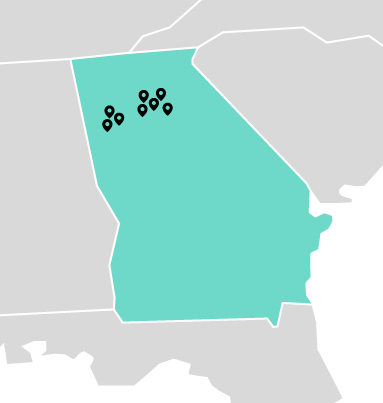How to Maintain “Monkey Grass” in Georgia
Chances are if you live in Atlanta, you’ve seen monkey grass and likely have some in your yard. This popular plant is an ideal candidate for groundcover and monkey grass border ideas in the south. Its hardiness and versatility make it an easy choice for Atlanta homeowners. Monkey grass requires very little maintenance but yields great rewards in its ability to give your yard an aesthetic facelift.
Monkey Grass Facts:
This Asian-native is an interesting plant with a few types to choose from. Other names it is known as include: liriope, spider grass, lily turf, border grass, and mondo grass. It’s not actually grass; it’s a perennial with leaves that resemble grass. Some varieties produce white or purple blooms in the summer. Leaves tend to be darker green in the shade and lighter green when exposed to more sunlight. Knowing when to plant monkey grass can make a big difference in how well it establishes in your landscape.
Types of Monkey Grass:
With several selections, it’s just a matter of finding the right one for your needs.
- Spreading: If you’re looking for a great solution for those tough-to-mow areas or groundcover for a slope or large area in your yard, make sure you choose a monkey grass that spreads.
- Clumping: If you’re seeking a lovely border plant with lush green leaves to distinguish gardens and walkways, you will want a monkey grass that clumps. Using monkey grass border ideas can help you create a well-defined and attractive landscape design.
Benefits of Monkey Grass:
There are many attractive characteristics that make this plant popular to homeowners around the country, especially here in the Atlanta area. Monkey grass is:
- Tolerant to drought and heat
- Requires little to no fertilizer
- Grows in many types of soil
- Can flourish in a variety of conditions
- Rarely suffers from foot traffic, disease, insect, or animal damage
Monkey Grass Maintenance:
With all the hardy qualities of this thick, low-maintenance groundcover, what can you do to care for your monkey grass?
- Water: Monkey grass only needs watering two weeks after initial planting. Afterwards, you can water your liriope during periods of consistent or extreme drought.
- Mulch: Apply 2-4 inches of mulch after trimming to help ward off weeds.
- Weed: Hand pull weeds around your monkey grass or spot treat weeds with a post-emergent—be sure to steer clear of spraying the monkey grass.
- Trim: Although cutting back your monkey grass isn’t a necessity, it is recommended. As the leaves on the plant begin to age, they develop brown spots on the tips that won’t do much for the beauty of your yard. The good news is that monkey grass produces a new set of leaves each spring so you can easily replace that old growth with a lush, green border for spring.
- Timing: It’s best to trim in the late winter or early spring before new shoots appear. Knowing when to plant monkey grass and when to cut it back will help avoid dull tips for the remainder of the year. Remember that monkey grass care involves knowing the right time for trimming.
- Methods: You can cut back your monkey grass by simply giving it a quick mow or using your weed eater. Just be sure to adjust the mower to the highest setting. If you don’t have much to trim and want to take a more delicate approach, hand trimming will also work. Use clippers to cut the leaves down to about 3 inches.
Monkey grass care involves minimal effort but can make a significant difference in the appearance of your yard. By understanding when to cut back monkey grass and the best methods for pruning liriope, you can ensure your plants remain healthy and vibrant. Knowing the right techniques for pruning liriope will also help in maintaining the aesthetic appeal of your landscape.
Monkey grass care tips include watering after planting, mulching to prevent weeds, and periodic trimming. By paying attention to these aspects of monkey grass care, you can keep your yard looking beautiful with minimal effort. Understanding when to cut back monkey grass is crucial for maintaining its lush appearance throughout the year.
By paying attention to monkey grass care and knowing when to cut back monkey grass, you can ensure that your yard remains beautiful and well-maintained. Additionally, learning about pruning liriope will help you maintain the health and appearance of your plants. Monkey grass, with its many benefits and minimal maintenance needs, is a perfect choice for any Atlanta homeowner.
photo credit: Liriope muscari 'Variegata' via photopin (license)









